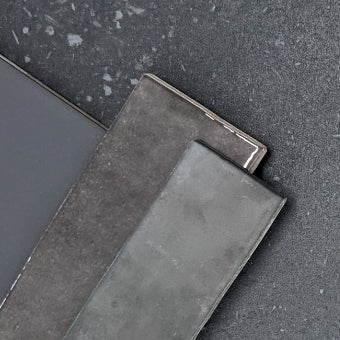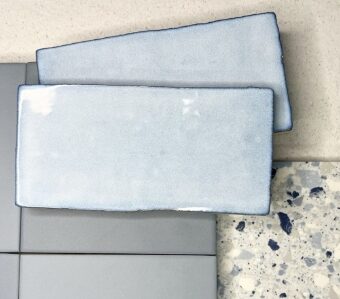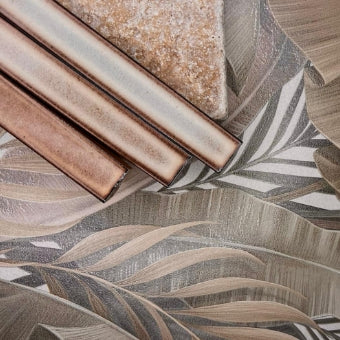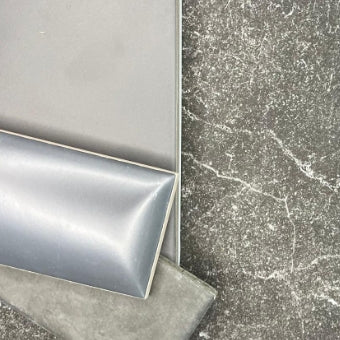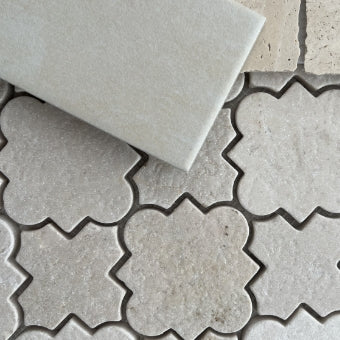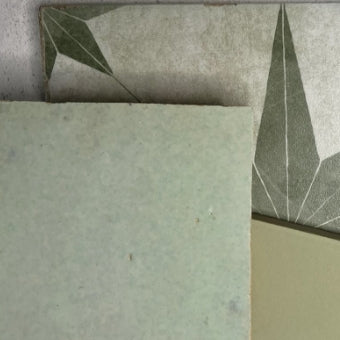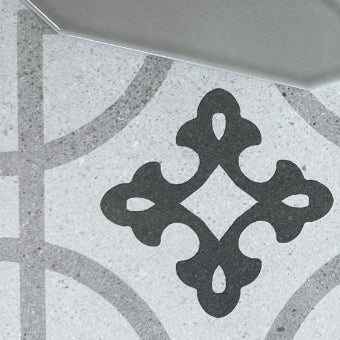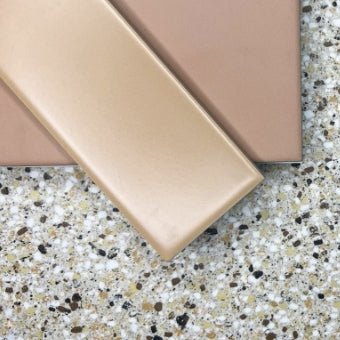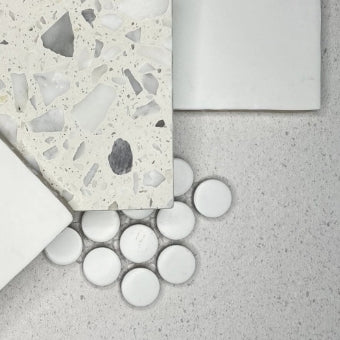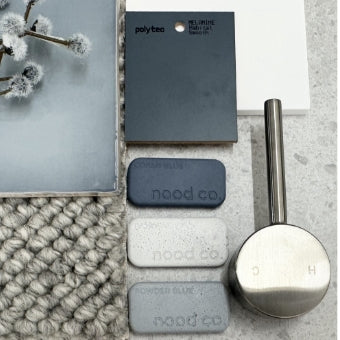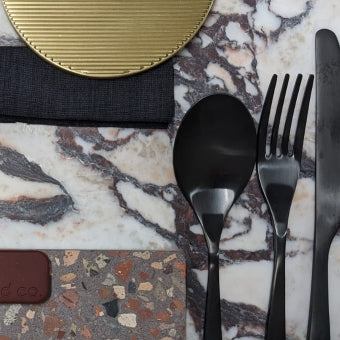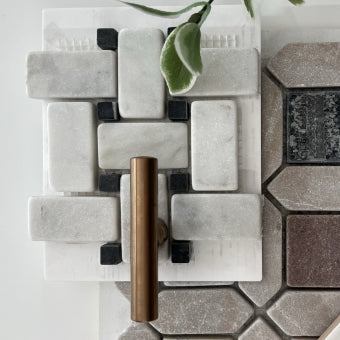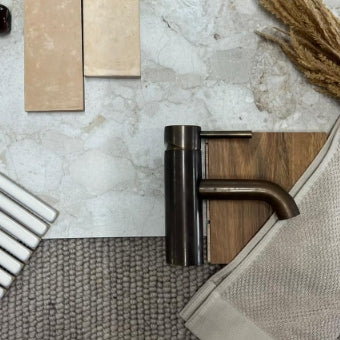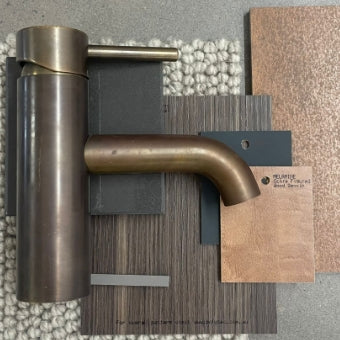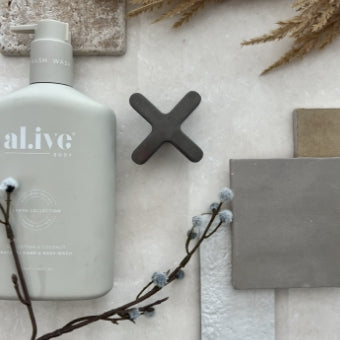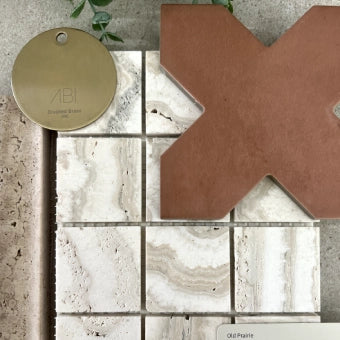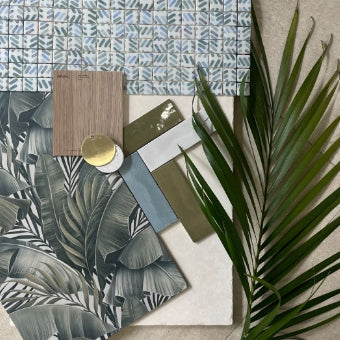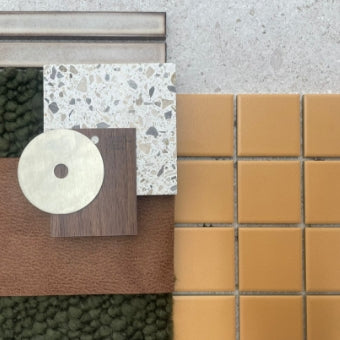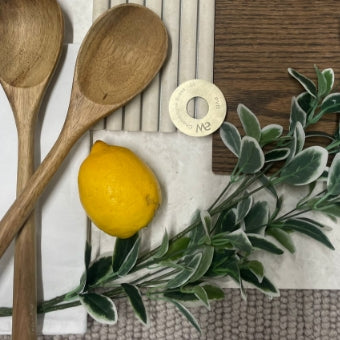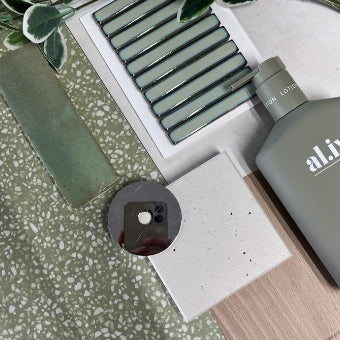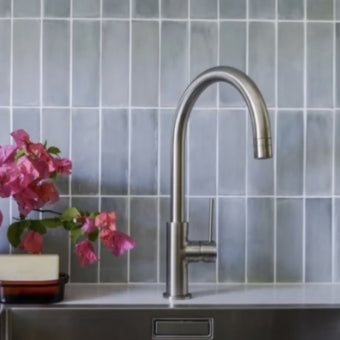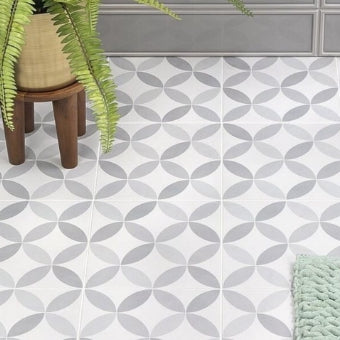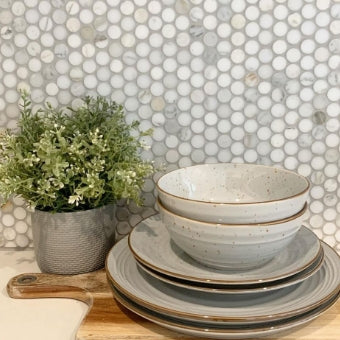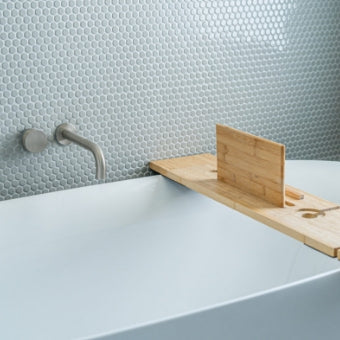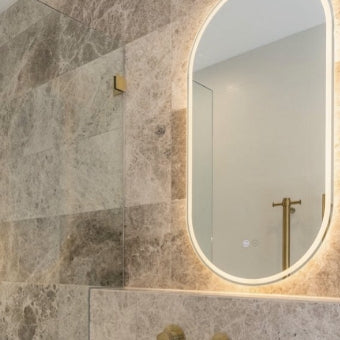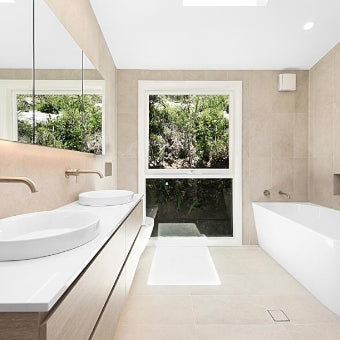Tile Slip Resistance: A Complete Guide For Safer Spaces.
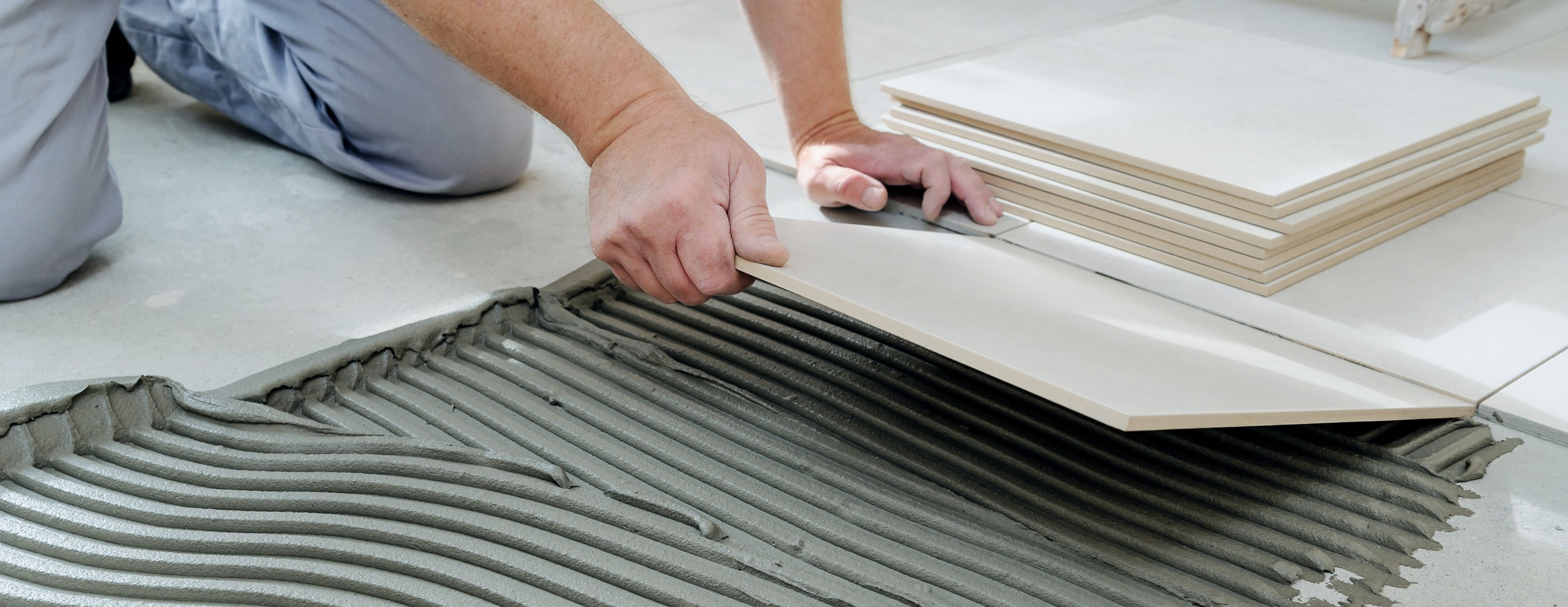

Key Takeaways.
| Safety First | Tile slip resistance is critical for reducing accidents in wet or high-traffic areas. |
|---|---|
| Australian Standards | The AS 4586 standard uses P-values (P0-P5) to rate slip resistance, with P5 being the safest. |
| Multiple Tests | Pendulum, Oil Wet Ramp, and Barefoot Wet Ramp tests assess slip resistance in various conditions. |
| How To Choose | Look for slip ratings on packaging, product descriptions, or retailer websites to ensure suitability. |
| Cleaning Matters | Proper cleaning maintains non-slip properties and prolongs tile life. |
Tile Slip Resistance Ratings Explained
When designing a home or outdoor space, aesthetics matter, but safety is equally important. In Australia, where indoor-outdoor living thrives, choosing tiles with the right slip resistance ensures you don’t compromise safety for style. This guide unpacks slip resistance ratings and tests, helping you make informed decisions for your home.
What Are Tile Slip Resistance Ratings?
Slip resistance ratings measure how much friction a tile surface provides underfoot, indicating the likelihood of slipping. These ratings are based on standardized tests designed to simulate real-world conditions. Higher ratings mean better grip, reducing the risk of accidents, particularly in wet or high- tramc areas.
Understanding Australian Standards For Slip Resistance
Australia follows the AS 4586 Standard for slip resistance, categorizing tiles into P-values based on the Pendulum Test. Here’s how the ratings are classified:
- P0-P1: Low slip resistance; best for dry indoor spaces with minimal tramc.
- P2: Suitable for indoor areas like hallways or entryways.
- P3: Ideal for areas exposed to occasional moisture, such as bathrooms or porches.
- P4: Great for wet environments like pool decks or outdoor patios.
- P5: Maximum slip resistance, often used in commercial kitchens or high-risk areas.
Slip Resistance Tests In Australia.
1. Pendulum Test (AS 4586)
Simulates a person walking on a tile by using a swinging rubber foot to measure friction. Results are expressed as P-values (P0-P5), with P5 offering the highest grip.
2. Oil Wet Ramp Test (R-values)
Measures slip resistance on a lubricated ramp. Ratings range from R9 (lowest) to R13 (highest), ideal for environments where oil or grease is present.
3. Barefoot Wet Ramp Test
Evaluates tiles for barefoot use in wet areas, such as bathrooms or pools. The scale ranges from A (lowest) to C (highest) slip resistance.
How To Check A Tile's Slip Resistance
Before purchasing tiles, verify their slip resistance ratings to ensure they meet your safety needs:
- 1. Ask the Retailer: Reputable retailers like Evo Tile and Stone should provide detailed slip resistance information for their products.
- 2. Inspect Packaging: Many tiles have ratings printed directly on their boxes. Look for P-values, R- values, or barefoot ramp classifications.
- 3. Check Manufacturer’s Website: If details aren’t readily available in-store, most manufacturers list slip resistance data online.
How To Maintain Non-Slip Tiles
Proper cleaning is essential to preserve the slip resistance of your tiles. Follow these simple tips:
- Sweep or Vacuum: Remove dirt and debris regularly to maintain grip.
- Mop with Care: Use a pH-neutral cleaner or mild detergent with warm water. Avoid harsh chemicals that might erode the surface.
- Rinse Thoroughly: Prevent slippery residue by rinsing tiles with clean water.
- Dry Completely: Standing water can reduce friction, so ensure surfaces dry fully.
Choosing Tiles For Different Areas
Different spaces have varying slip resistance needs. Use these guidelines to choose the right tiles:
- Bathrooms and Showers: Opt for tiles with a P3 or R10 rating for excellent barefoot grip. Textured surfaces can enhance traction further.
- Outdoor Patios and Pool Decks: Go for P4 or higher to handle moisture and ensure safety.
- Commercial Spaces: P5 tiles are recommended for areas like kitchens or industrial zones where safety is critical.
Evo Tile and Stone: Where Style Meets Safety
At Evo Tile and Stone, we offer an extensive range of tiles that combine stunning designs with excellent slip resistance. Whether you’re renovating your bathroom, upgrading your outdoor area, or designing a commercial space, we’ve got you covered. Shop online or visit our showroom to explore our collection and find tiles that meet your safety and aesthetic needs.

FAQS
What slip resistance rating is best for wet areas?
Tiles with a P3 or R10 rating or higher are ideal for wet areas like showers or pool decks.
Can you make tiles non-slip after installation?
Some treatments can improve slip resistance, but their effectiveness varies. It’s best to choose tiles with the right slip rating from the start.
What are the safest tiles for outdoor use?
For outdoor areas, look for tiles with a P4 or higher rating to handle wet conditions safely.
How do I know if a tile is slip-resistant?
Check the P-value or R-value on the packaging, ask your retailer, or visit the manufacturer’s website for detailed specifications.
Keep Reading
Previous Blog
5 Questions To Ask Your Tiler Before Shopping For Tiles.
Key Takeaways. Measure your space accurately to determine how many tiles are needed Confirm the best tile size and finish for your project’s requirements Discuss the tile layout...
Next Blog
Maximize Your Bathroom Space: Creative Storage Solutions For Every Need.
Key Takeaways. Access Your Needs Consider who uses the bathroom and their accessibility requirements. Mirrored Cabinets Combine functionality with hidden storage behind mirrors. Furniture With Storage Opt for...
- Choosing a selection results in a full page refresh.
 +61 (0) 2 9949 5354
+61 (0) 2 9949 5354
 516 Sydney Road, Seaforth NSW
516 Sydney Road, Seaforth NSW
 Free Design Appointment
Free Design Appointment


